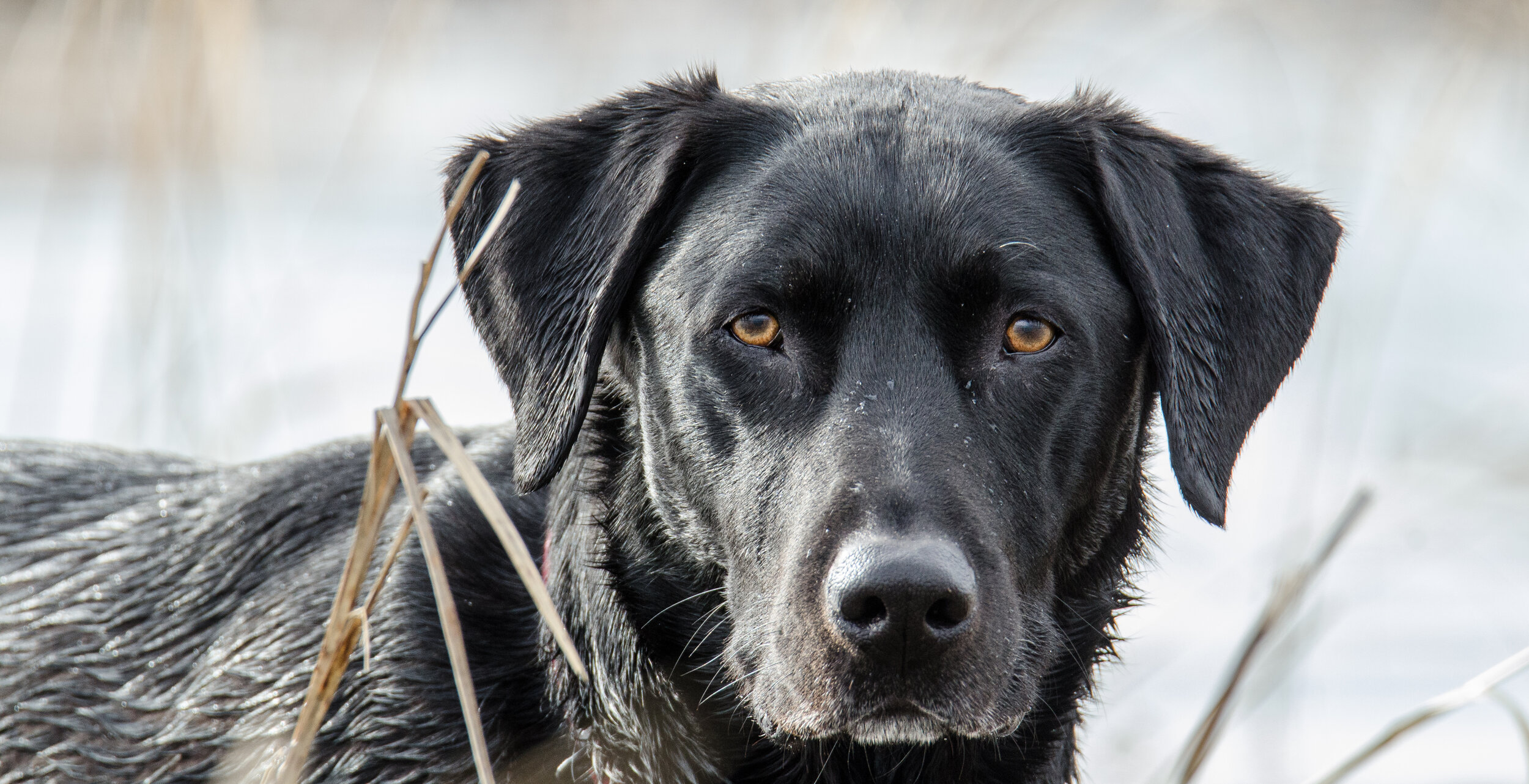How to Photograph Dogs
Not long ago I posted to my Facebook page asking whether or not my followers would like an article on how to photograph dogs, particularly black ones. Nearly twenty comments and over one hundred likes later, it was obvious people love taking photos of their dogs and want to do it better. Check out the tips below to start taking better photos of your furry four-legged friend.
Good Light & Proper Exposure
Photographing your dog is much like doing portrait work on people. I could easily get into an in-depth discussion on lighting techniques, but I want to keep it much simpler than that. My main recommendation is to make sure you have a lot of light. This will often require you to shoot outside or next to a very bright window. I would discourage the use of a flash, as it will often scare or distract a dog. The next point to consider is the angle of the light. Try not to have your dog looking straight into the sun, placing it just off to one side or the other will give more depth to their face.
When shooting a black dog plenty of light is especially important. Their black fur needs a lot of light in order for you to capture any contrast over their body. Also, make sure you are exposing for your subject not for the entire frame. Using the spot metering mode on your camera will allow you to get the best exposure, or make sure to check the preview after you shoot.
Get Close & Get Down
This is the next most common mistake made when photographing dogs and other pets. Filling a good portion of the frame with your dog will allow the viewer to focus on your dog rather than a potentially distracting background. A medium focal length lens will allow you to get close without distracting the dog. Another option to consider is a wide-angle lens. This may be distracting to some dogs but can create some very unique shots. Getting down on the dogs level will provide a more natural image and better capture their facial features. The dog will also tend to get more excited and alert with you on their level. This can be a both a good and bad thing...
Focus On The Eyes
There’s the old sang, “the eye is the window to the soul,” and isn’t it so true? When shooting a dog make sure your focus point is on their eyes. You may also choose a large aperture to isolate your subject from the background, but make sure you don’t go so large as to cause parts of the dogs face to go out of focus. This can be particularly difficult because of the large depth of a dogs face, particularly those with a long snout. You can try shooting them at an angle to reduce the depth of their face and snout, while still retaining a shallow depth of field. Of course, in some instances a shallow depth of field can be used to isolate that super cute nose from the rest of the dog.
Plan Ahead & Use Distractions
It can be difficult to get a dog to sit still long enough for you to setup and prepare for a shot. Anticipating the shot ahead of time will allow you to get all your camera settings in order before you go in for the shot. It can also help to have another person around to distract the dog. My black lab is extremely responsive to anything he may retrieve and is very good at holding. This makes shooting him with an attentive expression very easy. I can have someone stand behind me with a tennis ball and he will follow it wherever it goes. If this doesn’t work for the dog you are working with try having someone clap just before you hit the shutter release. This sudden loud sound will often cause a dog to perk their ears, turn, and look towards the location of the loud sound. I once had a camera that played a rooster call when using the self-timer, this almost universally caused animals to turn and look at the camera.
Edit Your Photos
Post-processing is at least 50% of the art of photography. If you want your pet photos to really look great you will need to do at least a minimal amount of work on them after they are shot. This doesn’t need to be anything super complex, a free program such as Picasa will suffice. Consider cropping the photo if you weren’t able to get close. For black dogs in particular, you will want to boost the shadows to get detail to show in their fur. Adding mid-tone contrast will also help bring out detail in black fur. In the Adobe suite this can be accomplished by increasing the Clarity slider. In other programs you may need to work on the tone curve. Finally, sharpen the photo and if you can sharpen just the dog.
Break All The Rules Above
You might be thinking, “wait, what?” I’m a firm believer in learning and mastering the techniques and general rules of any art, then purposely breaking them all. Once you understand why a rule is a rule, you will understand when and how to break it. So follow the suggestions above, understand and master them, then start breaking them. Your creativity shouldn’t be confined by a set of rules and suggestions.





